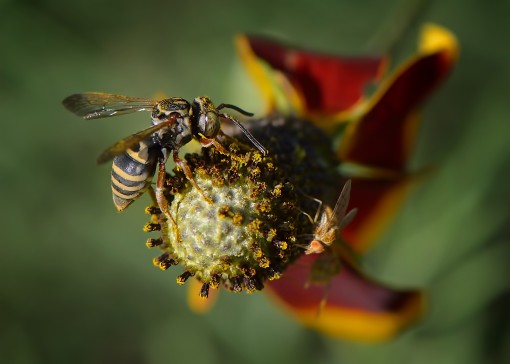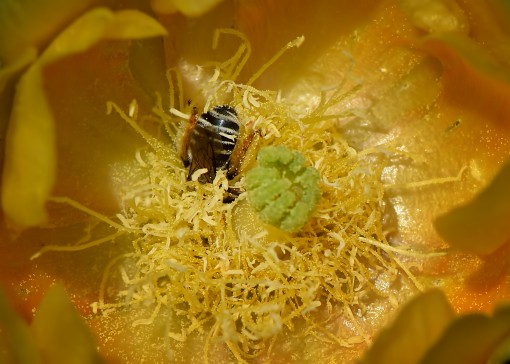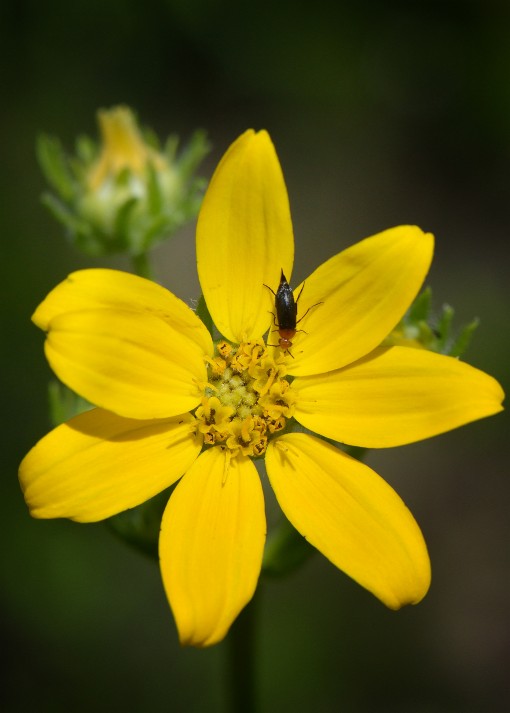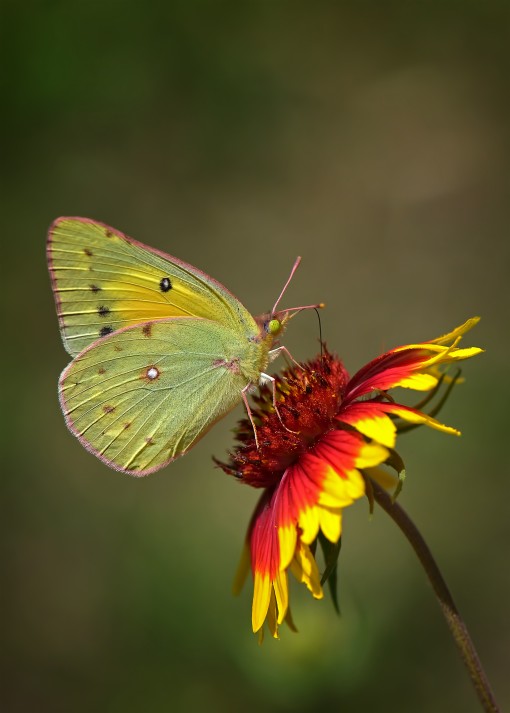The Decline of America’s Pollinators (and what we can do about it)
May 17, 2014 | By Shoal Creek Conservancy
This blog post was written by Ted Lee Eubanks. To learn more about the author, please visit this site.
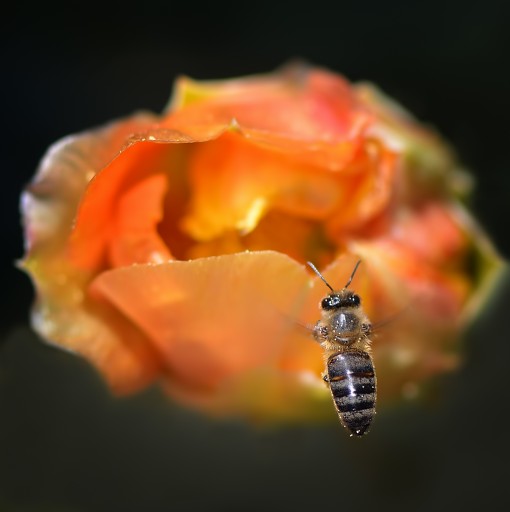
Bees are in trouble. According to the USDA, “total losses of managed honey bee colonies nationwide were 31.1 percent from all causes for the 2012/2013 winter, according to the annual survey conducted by the Bee Informed Partnership and the Apiary Inspectors of America (AIA) and funded by the U.S. Department of Agriculture (USDA).”
Honey bees are not the only bees that are struggling. In many places, bumblebees have declined by as much as 70%. According to the Xerces Society, “bumble bees, key pollinators of crops and wildflowers across the country and essential for a healthy environment, are declining at an alarming rate. Bee biologists discovered that several previously common species are now absent from much of their former territory. Creating, protecting and restoring habitat is a very important way to conserve the populations of bees that remain.”
Bees (wild and domestic) perform about 80% of all pollination worldwide. A single bee colony can pollinate 300 million flowers each day! According to La Vie en Green, “of the world’s healthiest foods – fruits, nuts, and vegetables – are pollinated by bees. A successful harvest depends on insect pollinators, mainly bees, for 1 of every 3 bites of food eaten worldwide. That’s most of the planet’s Top 100 food crops, or 70% of the crops providing 90% of human food.”
Here are some common sense actions could restore and protect the world’s bees:
- Ban the seven most dangerous pesticides
- Protect pollinator health by preserving wild habitat
- Restore ecological agriculture
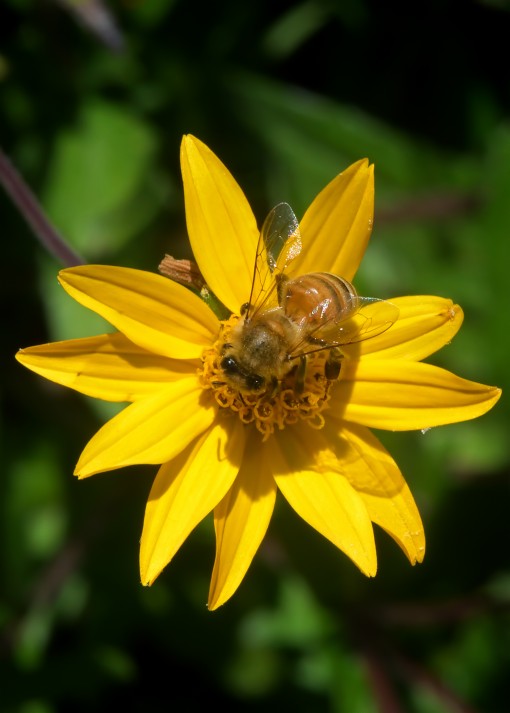
In the Shoal Creek Valley, we should begin with restoring, propagating, conserving, and preserving wild habitat. Wildflowers once blanketed the entire Shoal Creek Valley (the watershed). Urbanization is responsible for the loss of most of the wildflower meadows, yet there is much that we can do to restore these natural gardens.
For example, Houston Parks and Keep Houston Beautiful have initiated an “Adopt an Esplanade” program for planting the medians of many roadways with native grasses and forbs (flowers). Along Lamar Boulevard there are wide publicly owned strips bordering the road instead of medians in the middle of the lanes. These buffering strips could be adopting and planted as easily as an esplanade (for example, what about the strip of parkland between Gaston and the West 29th Street bridge?). A PDF of Houston’s “Adopt an Esplanade” program can be downloaded here.
Another beautifully simple solution to the problem is the creation of wildflower meadows. Pease Park and Northwest Park are two examples of public spaces where wildflower meadows could be established. Along with a diversity of wildflowers, these meadows could be spaces where milkweed is propagated for monarch butterflies, another species of insect that is dramatically declining. Milkweed is the only food consumed by monarch caterpillars. They cannot survive without it.
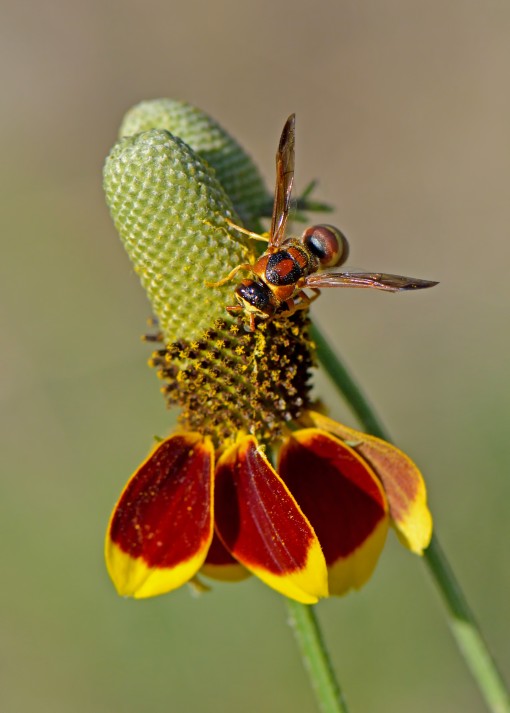
And what about letting your yard and its inhabitants breathe a little? According to Greenpeace, “wildflowers, many of which we might classify as weeds, are some of the most important food sources for native North American bees. If some of these are “weeds” you chose to get rid of (say you want to pull out that blackberry bush that’s taking over), let it bloom first for the bees and then before it goes to seed, pull it out or trim it back!”
“Yes, they make your lawn look pristine and pretty, but they’re actually doing the opposite to the life in your biosphere. The chemicals and pest treatments you put on your lawn and garden can cause damage to the honeybees systems. These treatments are especially damaging if applied while the flowers are in bloom as they will get into the pollen and nectar and be taken back to the bee hive where they also get into the honey—which in turn means they can get into us. Pesticides, specifically neo-nicotinoid varieties have been one of the major culprits in Colony Collapse Disorder.”
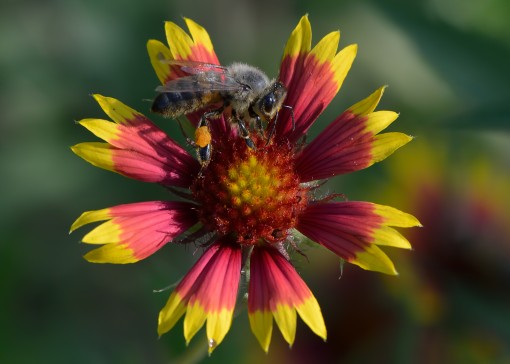
Bees love not only wildflowers, but they demand water as well. Bees swarm Shoal Creek in the evenings to drink. If bees start to come to your new garden, put a little water basin out (a bird bath with some stones in it for them to crawl on does a nice trick). The wildflower meadows created in parks should have water features built nearby that can hydrate the bees and other insects attracted by the meadow. For more information, here are a couple of guide books for helping bees and other insects in your yard and neighborhood.
- Bee Basics – An Introduction to our Native Bees
- Conserving Bumblebees – Guidelines for Creating and Managing Habitat for America’s Declining Pollinators
The Shoal Creek Conservancy hopes to work with our public land agencies such as PARD and Watershed Protection in creating wildflower meadows and insect gardens in the Shoal Creek Valley. We hope to sponsor a workshop on native plant and insect gardening in the near future. Join us and help restore America’s declining pollinators as we restore Shoal Creek. We can do this, together!
